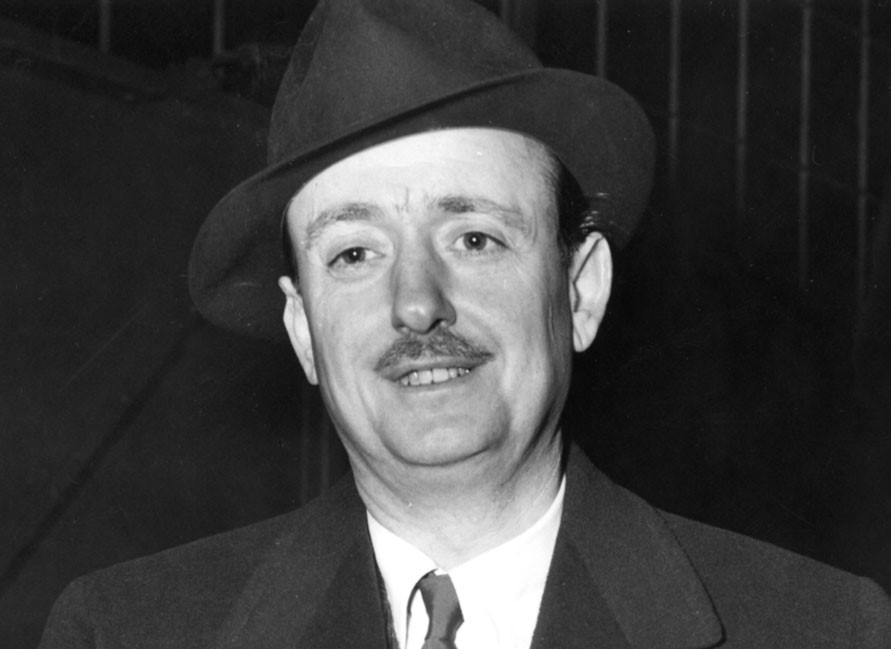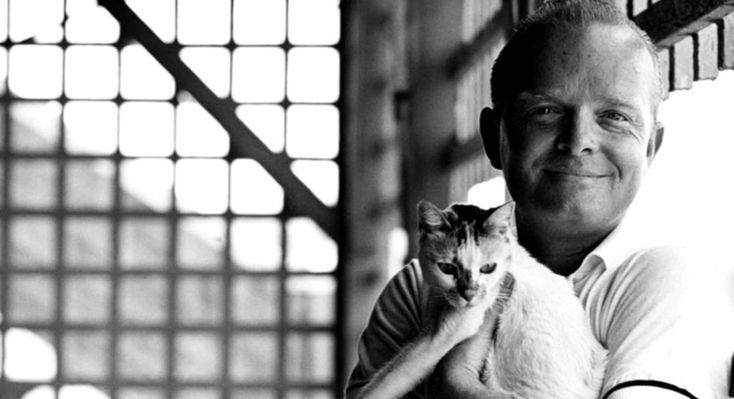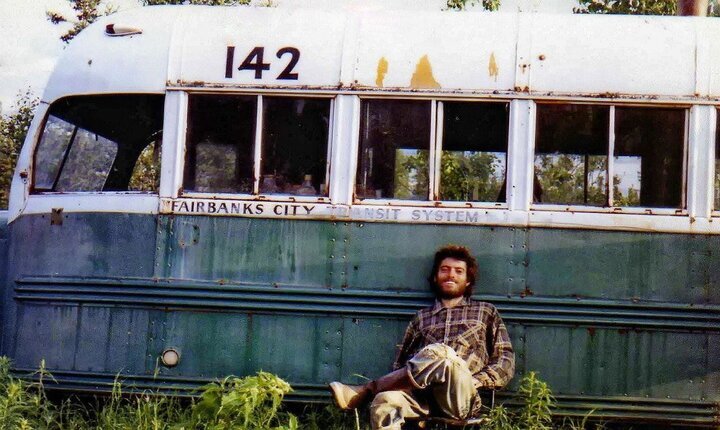Общественное животное: введение в социальную психологию - Эллиот Аронсон
Книгу Общественное животное: введение в социальную психологию - Эллиот Аронсон читаем онлайн бесплатно полную версию! Чтобы начать читать не надо регистрации. Напомним, что читать онлайн вы можете не только на компьютере, но и на андроид (Android), iPhone и iPad. Приятного чтения!
Шрифт:
Интервал:
Закладка:
344
Eron, L., & Huesmann, L.R. (1986). The role of television in the development of prosocial and antisocial behavior. In D. Olweus, J. Block, and M. Radke-Yarrow (Eds.), Development of antisocial and prosocial behavior: Research, theories, and issues (pp. 285–314). Orlando, FL: Academic Press.
345
Josephson, W.D. (1987). Television violence and children’s aggression: Testing the priming, social script, and disinhibition prediction. Journal of Personality and Social Psychology, 53,882–890.
346
Thomas, M.H., Norton, R., Lippincott, E., & Drabman.R. (1977). Desensitization to portrayals of real-life aggression as a function of exposure to television violence. Journal of Personality and Social Psychology, 35, 450–458.
347
См. недавний обзор исследований по данному вопросу: Phillips.D.P. (1986). Natural experiments on the effects of mass media violence on fatal aggression: Strengths and weaknesses of a new approach. In L. Berkowitz (Ed.), Advances in experimental social psychology (Vol. 19, pp. 207–250). Orlando, FL: Academic Press.
348
Phillips, D.P. (1983). The impact of mass media violence on U.S. homicides. American Sociological Review, 48, 560–568.
349
Phillips, D.P. (1986). Natural experiments on the effects of mass media violence on fatal aggression: Strengths and weaknesses of a new approach. In L. Berkowitz (Ed.), Advances in experimental social psychology (Vol. 19, pp. 207–250). Orlando, FL: Academic Press.
350
The violence bag. (1971, December 13). Newsweek, p. 110.
351
Drop that gun, Captain Video. (1975, March 10). Newsweek, pp. 81–82.
352
Harbert, Т. (1993). Interview with Charlie Rose, PBS.
353
Diener, E., & Defour, D. (1978). Does television violence enhance program popularity? Journal of Personality and Social Psychology, 36, 333–341.
354
Federal Bureau of Investigation. (1990). Uniform Crime Reports for the United States. Washington, D.C.: Government Printing Office.
355
Malamuth, N.M. (1983). Factors associated with rape as predictors of laboratory aggression against women. Journal of Personality and Social Psychology, 45, 432–442. Malamuth, N.M. (1986). Predictors of naturalistic sexual aggression. Journal of Personality and Social Psychology, 50, 953–962.
356
Donnerstein, E. (1980). Aggressive erotica and violence against women. Journal of Personality and Social Psychology, 39, 269–277.
357
Malamuth N. (1981). Rape fantasies as a function of exposure to violent sexual stimuli. Archives of Sexual Behavior, 10, 33–47.
358
Malamuth, N., & Check, J. (1981). The effects of mass media exposure on acceptance of violence against women: A field experiment. Journal of Research in Personality, 15, 436–446.
359
Foa, P. (1978). What’s wrong with rape. In M. Vetterling-Broggin, F. Ellison, and J. English (Eds.), Feminism and philosophy (p. 355). Totowa, NJ: Littlefield Adams.
360
Malamuth, N., Haber, S., & Feshbach, S. (1980). Testing hypothesis regarding rape: Exposure to sexual violence, sex differences, and the «normality» of rapists. Journal of Research in Personality, 14, 121–137.
361
Check, J., & Malamuth, N. (1983),Can there be positive effects of participation in pornography experiments? Journal of Sex Research, 20, 14–31.
362
Linz, D., Donnerstein, E., & Penrod, S. (1988). Effects of long-term exposure to violent and sexually degrading depictions of women. Journal of Personality and Social Psychology, 55,758–768.
363
Barker, R., Dembo, Т., & Lewin, K. (1941). Frustration and aggression: An experiment with young children. University of Iowa Studies in Child Welfare, 18, 1–314.
364
Harris, M. (1974). Mediators between frustration and aggression in a Field experiment. Journal of Experimental and Social Psychology, 10, 561–571.
365
Kulik, J., & Brown, R. (1979). Frustration, attribution of blame, and aggression. Journal of Experimental and Social Psychology, 15, 183–194.
366
Tocqueville, A. de (1981). Democracy in America. Westminster, MD: Random House. Рус. пер. — Токвиль А. Демократия в Америке. M.: Прогресс, 1992.
367
Mallick, S., & McCandless, В. (1966). A study of catharsis of aggression. Journal of Personality and Social Psychology, 4, 591–596.
368
Johnson, Т.Е., & Rule, B.G. (1986). Mitigating circumstances information, censure, and aggression. Journal of Personality and Social Psychology, 50, 537–542.
369
Josephson, W.L. (1987). Television violence and children’s aggression: Testing the priming, social script, and disihibition predictions. Journal of Personality and Social Psychology, 53,882–890.
370
Berkowitz, L. (1965). Some aspects of observed aggression. Journal of Personality and Social Psychology, 2, 359–369.
371
Berkowitz,L., & Geen, R. (1966). Film violence and the cue properties of available targets. Journal of Personality and Social Psychology, 3, 525–530.
372
Berkowitz, L., & Le Page, A. (1967). Weapons as aggression-eliciting stimuli, Journal of Personality and Social Psychology, 7, 202–207.
373
Berkowitz, L. (1971). Control of aggression (p. 68). Unpublished.
374
Zimbardo, P. (1969). The human choice: Individuation, reason, and order versus deindividuation, impulse, and chaos. In W. Arnold and D. Levine (Eds.), Nebraska Symposium on Motivation, 17, 237–307.
375
Mullen, В. (1986). Atrocity as a function of lynch mob composition: A self-attention perspective. Personality and Social Psychology Bulletin, 12, 187–197.
376
Clark, К. (1971). The pathos of power: A psychological perspective. American Psychologist, 26,1047–1057.
377
Aristotle (1954). Rhetoric. In W.R. Roberts
Прочитали книгу? Предлагаем вам поделится своим отзывом от прочитанного(прослушанного)! Ваш отзыв будет полезен читателям, которые еще только собираются познакомиться с произведением.
Уважаемые читатели, слушатели и просто посетители нашей библиотеки! Просим Вас придерживаться определенных правил при комментировании литературных произведений.
- 1. Просьба отказаться от дискриминационных высказываний. Мы защищаем право наших читателей свободно выражать свою точку зрения. Вместе с тем мы не терпим агрессии. На сайте запрещено оставлять комментарий, который содержит унизительные высказывания или призывы к насилию по отношению к отдельным лицам или группам людей на основании их расы, этнического происхождения, вероисповедания, недееспособности, пола, возраста, статуса ветерана, касты или сексуальной ориентации.
- 2. Просьба отказаться от оскорблений, угроз и запугиваний.
- 3. Просьба отказаться от нецензурной лексики.
- 4. Просьба вести себя максимально корректно как по отношению к авторам, так и по отношению к другим читателям и их комментариям.
Надеемся на Ваше понимание и благоразумие. С уважением, администратор knigkindom.ru.
Оставить комментарий
-
 Гость Светлана23 ноябрь 13:52
Как раз тот случай, когда героиня кроме раздражения ничего не вызывает. Читала другие книги Майер и ощущение, что писал кто -то...
Ты еще маленькая - Кристина Майер
Гость Светлана23 ноябрь 13:52
Как раз тот случай, когда героиня кроме раздражения ничего не вызывает. Читала другие книги Майер и ощущение, что писал кто -то...
Ты еще маленькая - Кристина Майер
-
 Гость Евгения17 ноябрь 16:05
Читать интересно. Очень хороший перевод. ...
Знаки - Дэвид Бальдаччи
Гость Евгения17 ноябрь 16:05
Читать интересно. Очень хороший перевод. ...
Знаки - Дэвид Бальдаччи
-
 Юлианна16 ноябрь 23:06
Читаю эту книгу и хочется плакать. К сожалению, перевод сделан chatGPT или Google translator. Как иначе объяснить, что о докторе...
Тайна из тайн - Дэн Браун
Юлианна16 ноябрь 23:06
Читаю эту книгу и хочется плакать. К сожалению, перевод сделан chatGPT или Google translator. Как иначе объяснить, что о докторе...
Тайна из тайн - Дэн Браун










